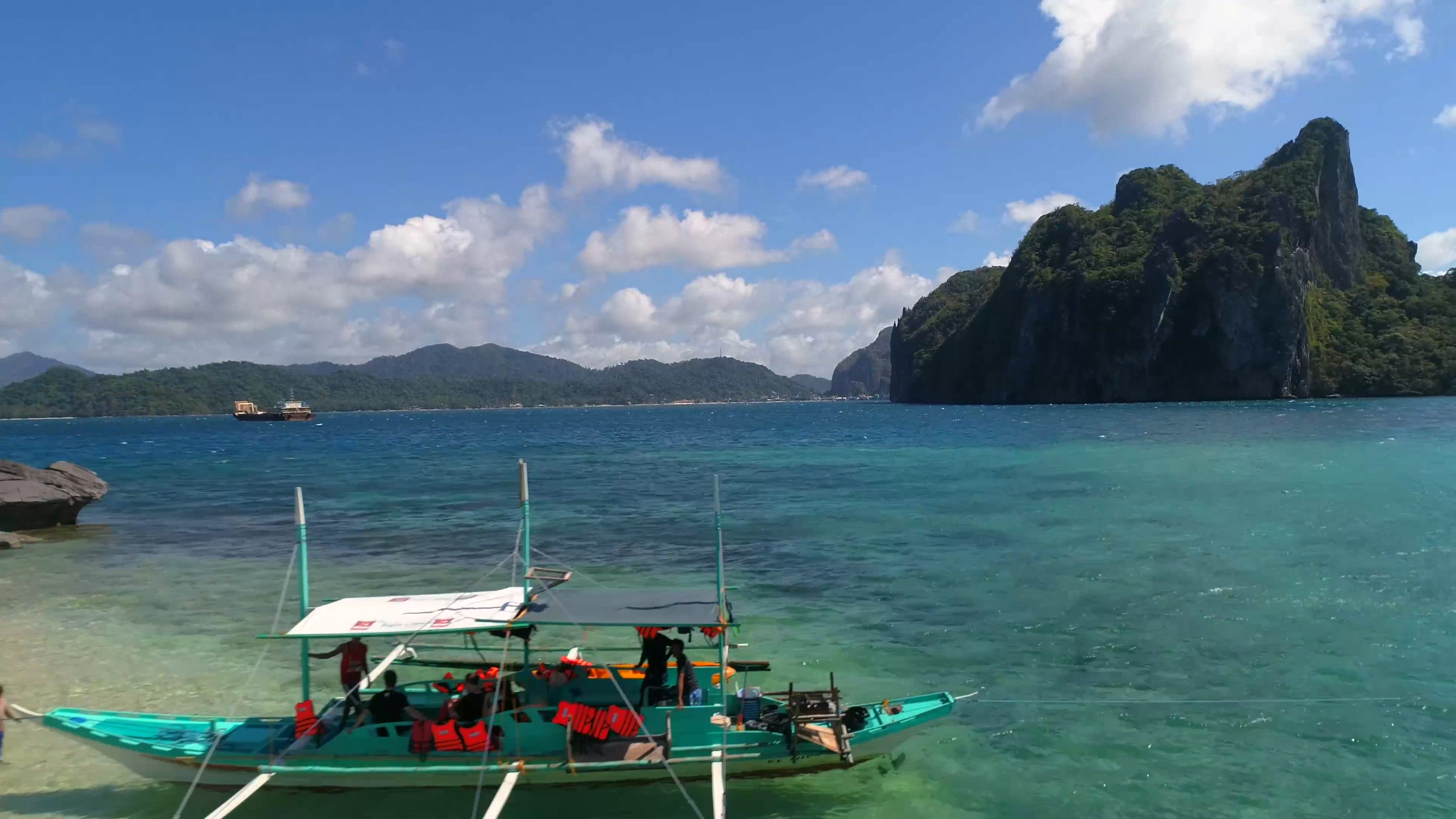
T R O P I C
AIRVŪZ STAFF NOTE :
Explore the tropical paradise of Palawan Island in the Philippines with this excellent piece by top contributor Omer Gokcen. Palawan is the westernmost of the major islands of the archipelago, and in recent years it's emerged as one of the most popular Asian beach destinations. When you watch the video, you'll see why - with its white sand beaches, stunning mountains, and distinctive paraw canoes, Palawan is a visual delight. Much of the video was filmed around El Nido, a beach district in the northern part of the island.
- almost 2 years ago
- 2.9k VŪZ
10 




- 17
- Report
A town adorned with magnificent beauties...Magnificent nature and incredibly beautiful turquoise waters..You can witness heavenly beauties with boat tours to the island of Palawan and the small islands around it.This is the island of Palawan in the Philippines.
El Nido, also known as Bacuit, has been inhabited by humans since at least 2680 BC, possibly as early as 22,000 years ago. This was confirmed by fossils and burial sites dating back to the Late Neolithic Age that can be found in many caves and excavation sites surrounding the municipality, particularly in Dewil Valley's Ille Cave in New Ibajay. Chinese traders regularly visited the area of Palawan for its edible birds' nests during the Song dynasty (960–1279). The island was mentioned in Chinese records of 1225. Chau Ju-Kua, a trade commissioner of the port of Chuan, wrote about the island, Pa-Lao-Yu or Land of Beautiful Harbors, in his book Chu Fan Chi.
The town traces its roots from a small Tagbanwa village called Talindak. Sometime in the 16th century, waves of migrants from Cuyo Islands settled in the area. In the 1800s, the Spaniards arrived, and they moved to the area where the present-day Población and Mabini are located. The first Spanish families were the Canovas, Vázquez, Ríos, and Rey. In 1890, the Spaniards renamed it Bacuit. At the time, the center of the town was Cabigsing, then known as Inventario. Chinese families moved into the area about the same period, first settling in Langeblangeban. The first Chinese settlers were named Lim, Chin, Liao, Edsan, Ambao, Que-Ke, Lim Piao, Yu His, Pe Phan, and Pe Khen.
During the Spanish colonial era, the town was under the jurisdiction of the Municipality of Taytay, which was the capital of the former Province of Calamianes from 1818, and the Province of Castilla, the area of what is now known as northern Palawan, from 1858. It remained part of Taytay until 1916, when it formally became an independent municipality. The new municipality was then known as Bacuit.
On June 17, 1954, Republic Act No. 1140 was approved, changing the name of the town from Bacuit to its present name, El Nido, after the edible nests of swiftlets (collocalia fuciphaga) found in the crevices of its limestone cliffs. These nests, nido in Spanish, the main ingredient for the gourmet nido soup, are being sold at approximately US$ 3,000 per kilogram.
Up Next
Croatian Flights

- littlewing fpv
- 926 VŪZ
22 - 11
- about 6 years ago
M O N T E C E R V A T I FPV

- CG Films
- 887 VŪZ
10 - 8
- about 3 years ago
The Perfect Shot (searching for...)

- Migo-Studios
- 2.4k VŪZ
8 - 10
- about 1 year ago
RACE on the BRIDGE

- OGB - Omer Gokcen
- 909 VŪZ
3 - 2
- almost 2 years ago
A Taste of Portugal where the Atlantic Meets Europe
- pacefast
- 1.4k VŪZ
6 - 7
- about 1 year ago
Ponti di Vara (Tuscany Italy)

- Luca T.
- 2.5k VŪZ
5 - 7
- over 2 years ago
JOAO PESSOA Brazil
- Damiano862
- 925 VŪZ
8 - 6
- about 3 years ago
S N O W || R E P O R T

- Naudé Heunis
- 653 VŪZ
12 - 11
- over 8 years ago
Drone FPV : Nouvelle expérience de vol dans les rayons du E.Leclerc de Cernay 🎅
- Vertige Vidéo
- 742 VŪZ
8 - 10
- about 3 years ago
Lagos Coastline - Algarve FPV Drone

- salva.tours
- 846 VŪZ
4 - 3
- 11 months ago

